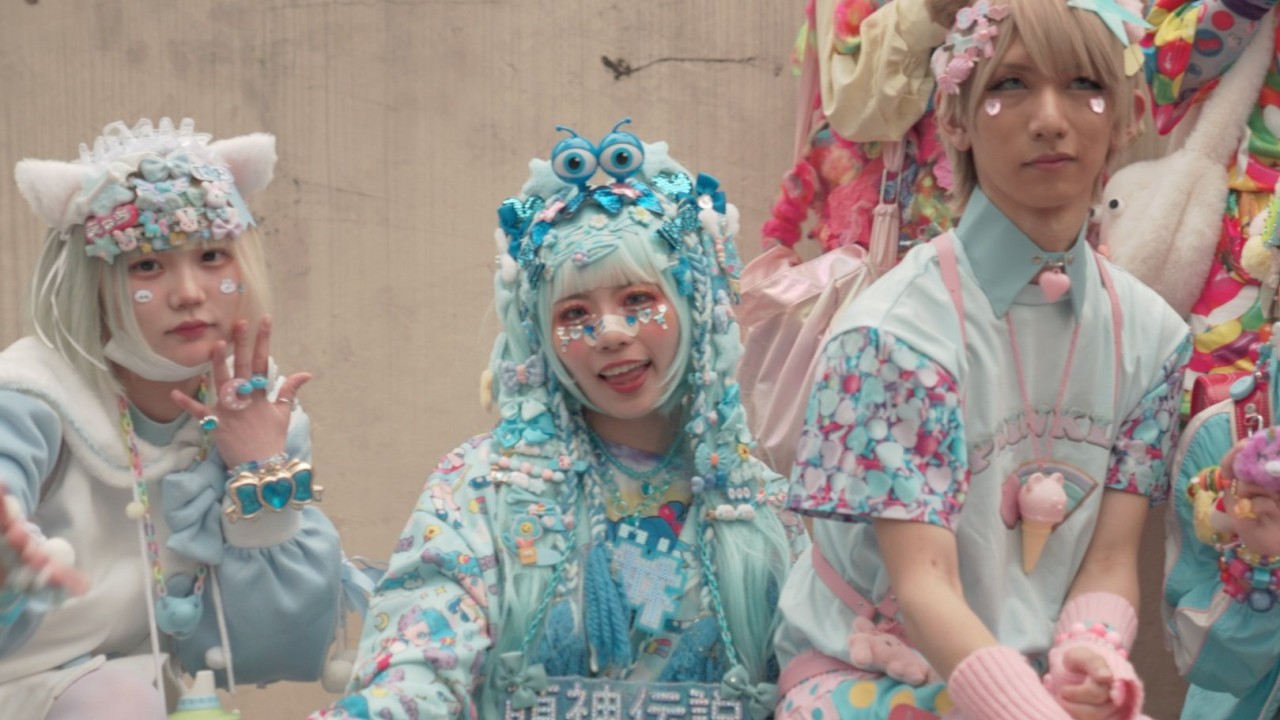It was an outfit few could ignore. Nico arrived at the Harajuku railway station in Tokyo in Japan dressed in a bright outfit of pinks and blues, her head adorned with a crown of hair slides, bows and hairpins so thick that it hid her two-toned hair, her wrists rattling with thick stacks of multicoloured plastic bracelets. “I am used to the stares,” says Nico.
“But I think it’s scary for people joining us for the first time.” “Decora fashion ..

. I think that is very much what people think of if I say ‘Harajuku fashion’,” says Jana Katzenberg, a researcher in the Japanology department at the University of Cologne, Germany. “It was very colourful, lots and lots of layers, lots and lots and lots of accessories and everything just done up to the max.
” Stars of the 1990s such as Tomoe Shinohara were an early inspiration for the style, and her frequent television appearances helped propel the subculture’s over-the-top look to wider fame. Later, pop stars such as Kyary Pamyu Pamyu brought the style to even larger audiences, while fashion labels like 6% Doki Doki and Super Lovers offered new takes on decora’s kawaii aesthetics. It was fashion that, at least internationally, came to embody the spirit of Harajuku.
Decora was creative, flashy and imbued with a DIY sensibility that the era was known for. Shoichi Aoki, the founder of Fruits magazine, which documented the heyday of Harajuku’s creative fashion scene, called decora “an original Japanese fashion t.
















